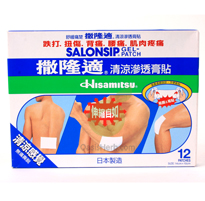At ASCO this past weekend, Dr. Steven O’Day reported that ipilimumab alone or in combination with vaccine increased overall survival (OS) in patients with unresectable stage III/IV melanoma for whom previous treatment had failed (Abstract 4).
Metastatic (stage IV) melanoma is very difficult to treat with no new approved choices since IL-2 over a decade ago. Ipilimumab, a monoclonal antibody against cytotoxic T-lymphocyte antigen 4 (CTLA-4), is an immune therapy directed against T-cells. Blocking this antigen helps to stimulate the expansion of T-cell populations, potentially increasing tumor-directed immune responses.
Study design
Two therapeutic approaches — ipilimumab and vaccine therapy with gp100 alone and in combination.
- double-blind study randomly assigned patients to receive 1) ipilimumab (137 patients), 2) ipilimumab and gp100 (403 patients), or 3) gp100 alone (136 patients).
- All patients were required to be HLA-A2 positive.
- Primary endpoint: overall survival (OS).
Result
After 12 months, 46% of patients receiving ipilimumab alone, 44% receiving ipilimumab plus gp100, and 25% receiving gp100 were still alive. (p = 0.0026 for ipilimumab alone versus gp100; p = 0.0004 for the combination versus gp100) [See Fig.1]
Adverse events
Adverse events were predominantly immune response–related and included rash, colitis, diarrhea, and hepatitis. More serious immune-related grade 3 or 4 toxicities occurred in 10% to 13% of patients receiving ipilimumab. Physicians treating melanoma should be familiar with the side effects and its management. “Even at 3mg/kg, there were potentially life-threatening complications. Using ipilimumab requires a committed, multidisciplinary team at all times to address toxicity management.” Dr. V. Sondak said.
Information on clinical trials on ipilimumab
Visit us at http://healthreason.com for more articles like this.










